Carefully observe the given diagram/ chart and answer the questions related with it:
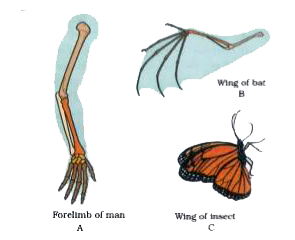
Form one pair of homologous organs and one pair of analogous organs from the diagrams given below: Solution in Gujrati
Pair of homologous organs: A and B
Pair of analogous organs: B and C
Topper's Solved these Questions
- BOOK - KUMAR PRAKASHANCHAPTER - HEREDITY AND EVOLUTIONEXERCISE - OBJECTIVE QUESTIONS AND ANSWERS125videos
HEREDITY AND EVOLUTION
- BOOK - KUMAR PRAKASHANCHAPTER - HEREDITY AND EVOLUTIONEXERCISE - OBJECTIVE QUESTIONS AND ANSWERS (Answer the following questions in short : )1videos
HEREDITY AND EVOLUTION
- BOOK - KUMAR PRAKASHANCHAPTER - HEREDITY AND EVOLUTIONEXERCISE - TEXTUAL EXERCISE12videos
HEREDITY AND EVOLUTION
- BOOK - KUMAR PRAKASHANCHAPTER - CONTROL AND COORDINATIONEXERCISE - PRACTICAL SKILL BASED QUESTIONS WITH ANSWERS8videos
CONTROL AND COORDINATION
- BOOK - KUMAR PRAKASHANCHAPTER - HOW DO ORGANISMS REPRODUCE?EXERCISE - PRACTICAL SKILL BASED QUESTIONS WITH ANSWERS5videos
HOW DO ORGANISMS REPRODUCE?
Similar Questions
Fill in the missing details in the given chart:
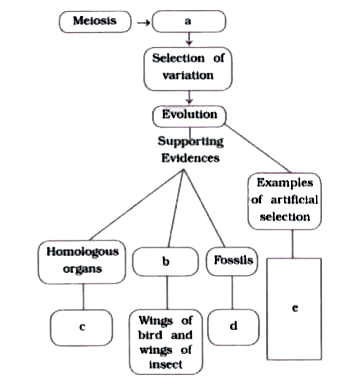 03:27View Solution
03:27View SolutionState the example of animal in which sex is not genetically determined.
View SolutionA Mendelian experiment consisted of breeding tall pea plants bearing violet flowers with short pea plants bearing white flowers. The progeny all bore violet flowers, but almost half of them were short. This suggests that the genetic make-up of the tall parent can be depicted as ……..... a. TTWW b. TTwW c. TtWW d. TtWw
01:40View SolutionFour different students of your class observed network of neurons in a slide under microscope. They drew a diagram of synaptic junction.
From your knowledge.
Which of the following figures shows the correct pathway for the conduction of impulse ?01:50View SolutionCollect different flowers such as Maize, Sunflower, Papaya, Hibiscus, Datura, Rose, Crinum, etc. Which of them are bisexual ? Draw diagram of any one bisexual flower and state function of each parts.
03:05View SolutionIdentify the following pairs as Homologous or Analogous organs:
04:14View SolutionState the main feature that categorises a given pair of organs as homologous or analogous.
02:33View SolutionCarefully observe the given diagram and answer the questions related with it: Identify 'a' and state the function of it.
08:13View SolutionCarefully observe the given diagram and answer the questions related with it:
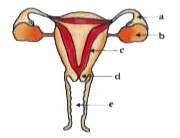
Write name of a, b, c, d and e in given diagram.02:46View SolutionCarefully observe the given diagram and answer the questions related with it:
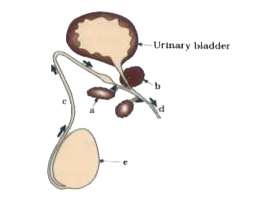
Do labelling of a, b, c, d and e in given diagram.03:04View SolutionCarefully observe the given diagram and answer the questions related with it:
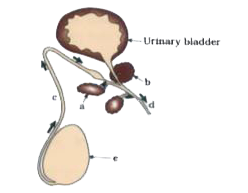
'd' part passes through which organ ? What changes are noticed in such organ during adolescence ?03:40View SolutionCarefully observe the given diagrams and give answer of following questions :
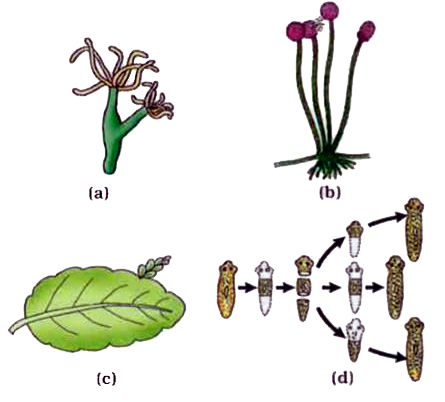
Identify organisms (a), (b), (c), (d) and write their names.01:14View SolutionCarefully observe the given diagrams and give answer of following questions : How is this biological process useful for organisms?
01:35View SolutionCarefully observe the given diagram/ chart and answer the questions related with it:
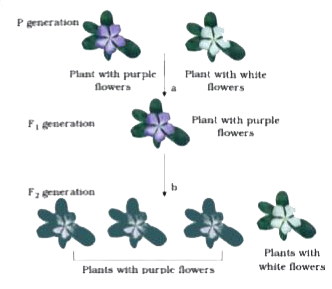
Which character' is a dominant one ? How would you decide that it is a dominant character ?01:02View SolutionCarefully observe the given diagram/chart and answer the questions based on it.
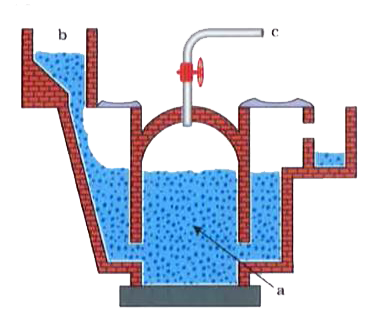
Label a, b and c in given diagram.03:27View Solution

